
5 Techniques for Photographing Africa’s Big Cats
Photographing the big cats of Africa is simply extraordinary. There are many thrilling experiences in the world of nature and wildlife photography, from bears, tigers, the entire suite of wildlife in places like Borneo and the Galapagos Islands, but there is something just plain different and exceptional about Africa. And what’s more phenomenal in Africa than its feline predators? Not much, if you ask us!
If you have a photo safari to Africa in the works, whether you’re dreaming about it or headed there on a planned adventure, these tips will ensure you capture these marvelous felines in unique and outstanding ways.
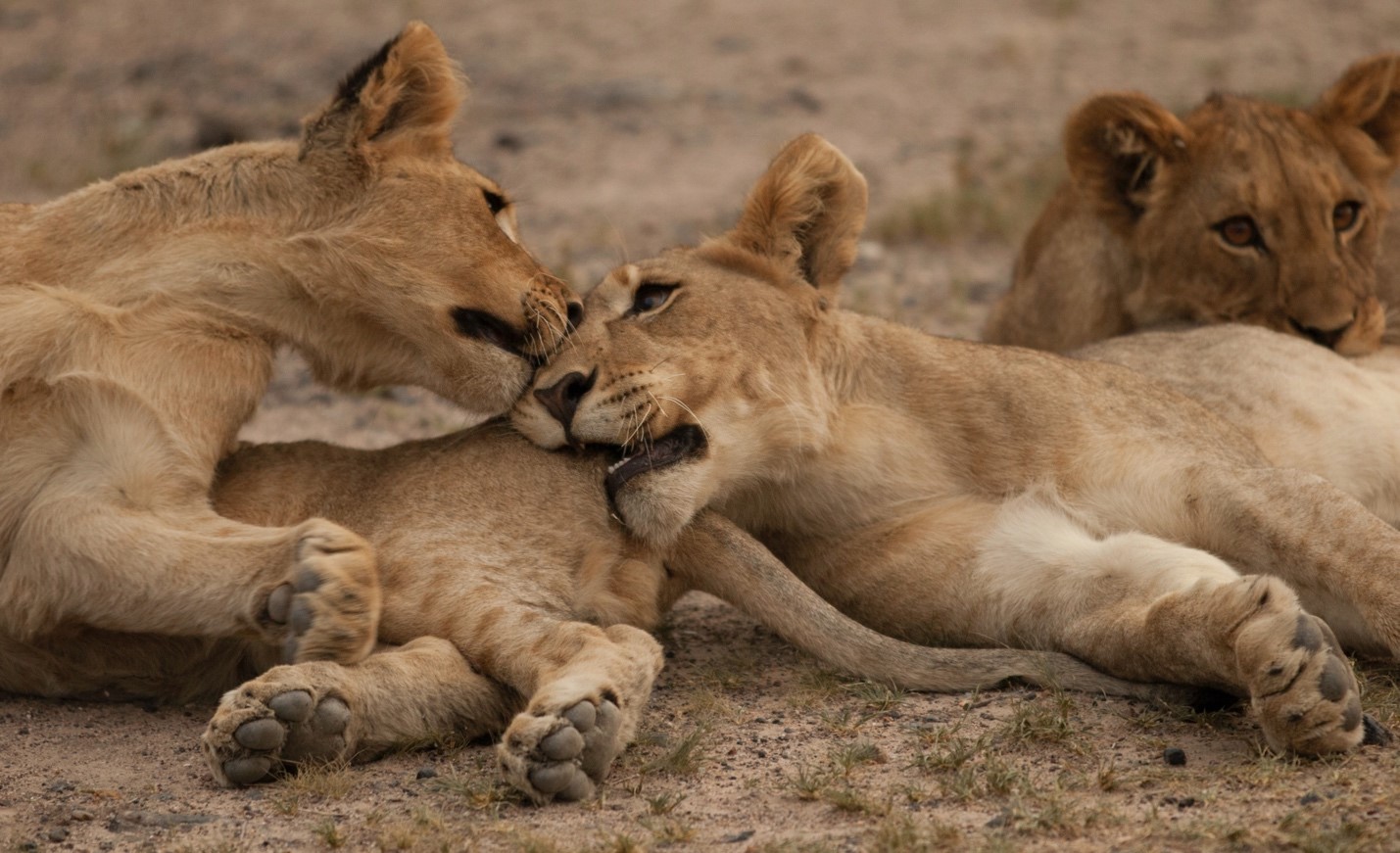
Use a Wide DoF and fill the frame
To make a big impact, you’ve got to take a big photo. And one of the most straightforward ways to take a big photo is to fill the frame with the big cat.
Generally, this is done by getting quite close to one of Africa’s top predators (which can be safe, easy, and sustainable if you go on the proper wildlife safari like those with WWF and Natural Habitat Adventures). However, the same can be accomplished by making use of a telephoto and zooming all the way in on the animal.
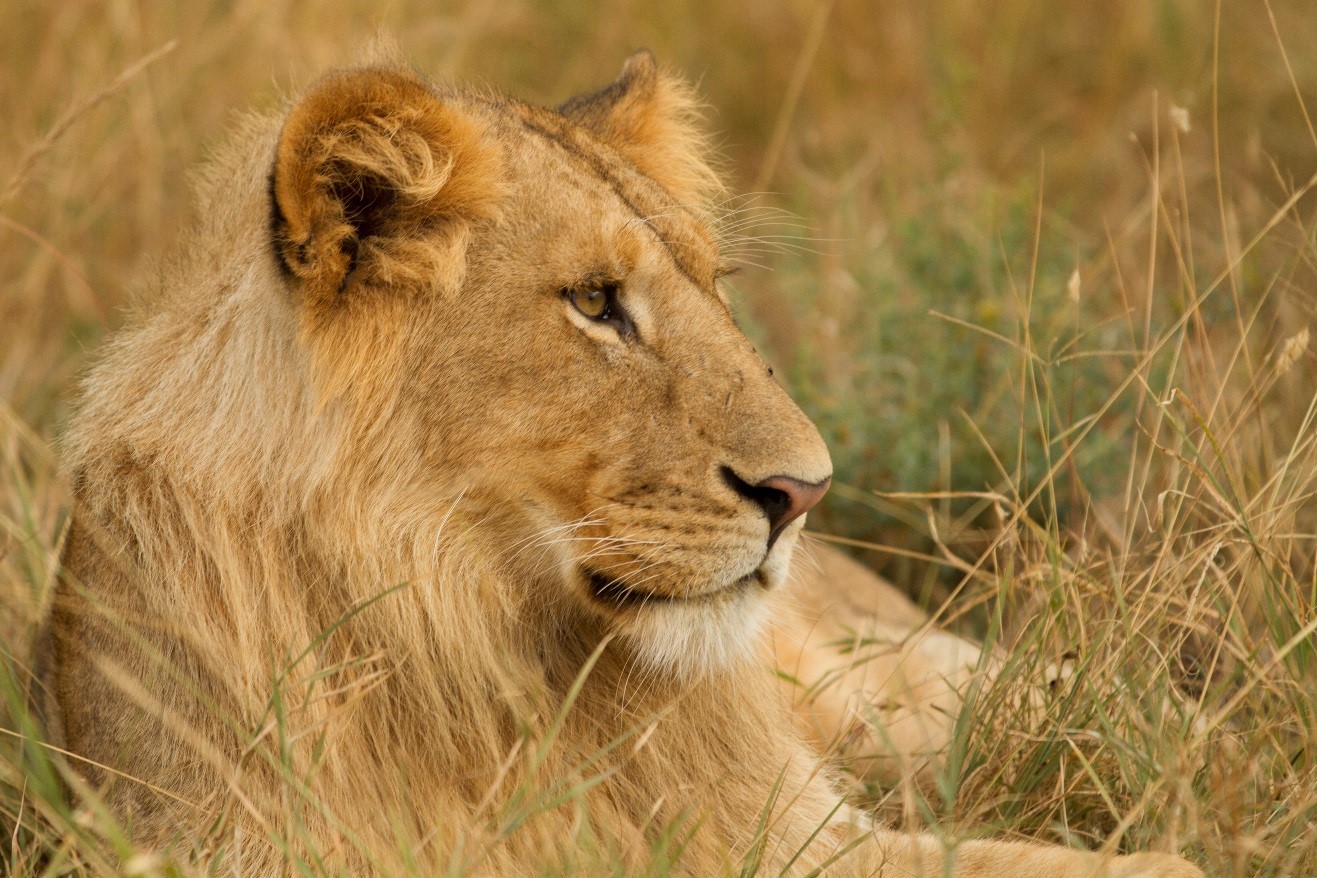
The key thing to keep in mind is that if you do indeed fill the frame with an animal, you will likely want a bigger DoF, aka depth of field (i.e., bigger f/number for your aperture) to get the whole face in focus.
Nothing spells disappointment like getting close to an amazing animal, having the right lens, getting dozens of photos, only to find out the eyes are in focus but not the nose, ears, or any other part of the scene.
My go to? I stick with f/8 if I can muster it for filling-the-frame wildlife shots.
Force yourself to zoom out
Almost entirely contrary to the above section, here I am advising you to resist the urge to fill the frame with the animal. Yes, big photos are great photos, but chances are on your photo safari to Africa you are going to get many, many opportunities to photograph wildlife at all distances.
Look around the scene and put the animal in the entire landscape photo. Use traditional rules of composition like the rule of thirds, golden ratio, or leading lines, and place the animal as part of your scene…not your whole scene.
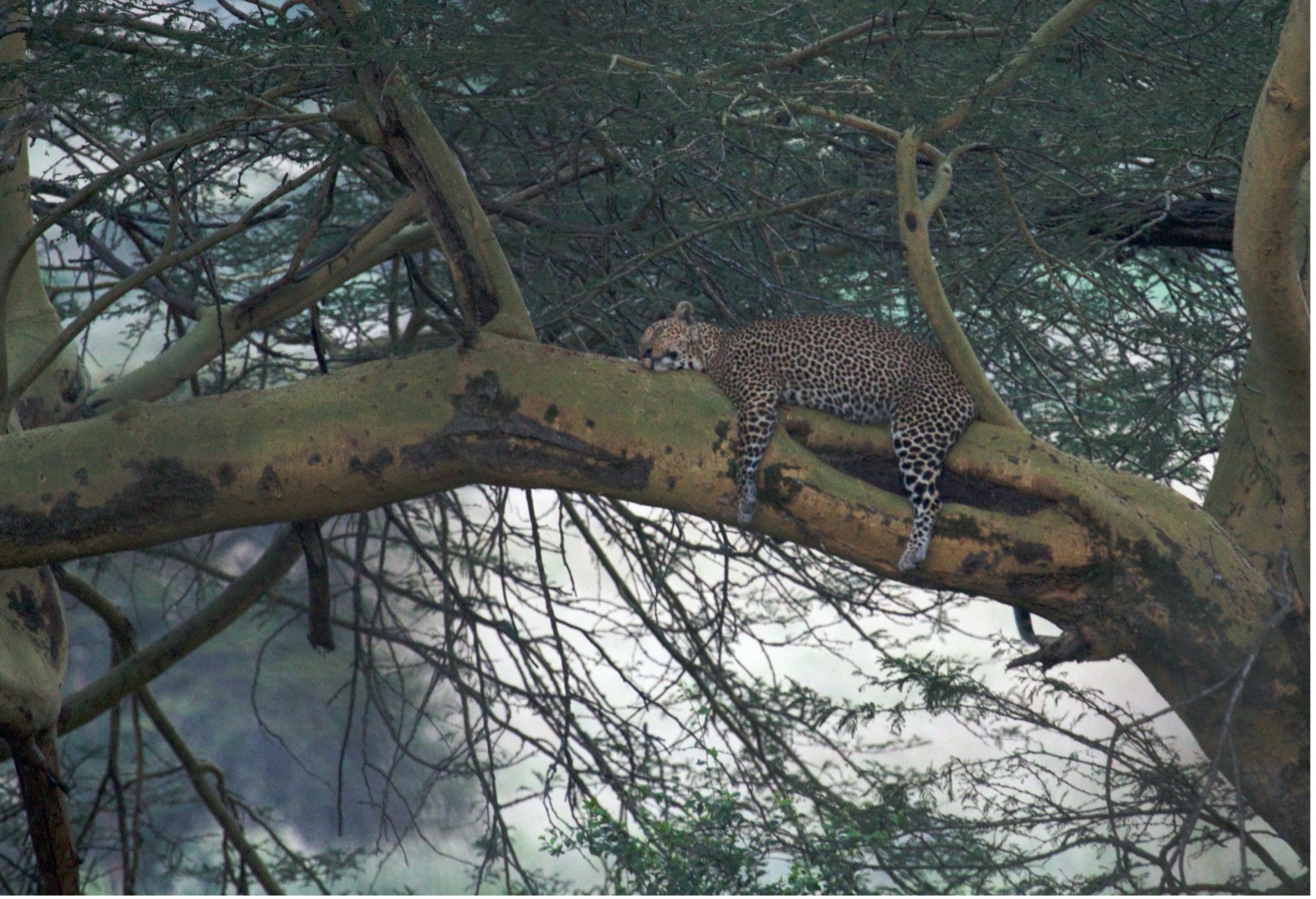
Try a silhouette
Whether you are forced to, or do so by choice, silhouetted animals can result in extraordinary photos.
Oftentimes we are forced to do so because of lighting conditions, when the background is bright but the animal has little light on it.
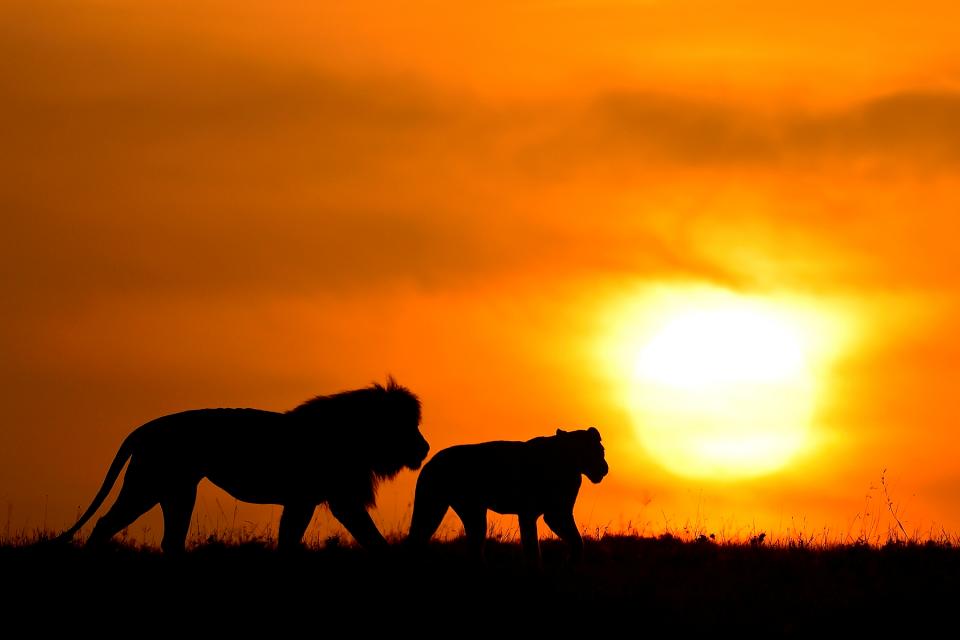
You can also deliberately choose to silhouette animals by exaggerating the lighting conditions.
Pro tip: I like to exaggerate these moments and use my exposure compensation meter to under-expose even further by -1, -2, or even -3 stops…try it!
You don’t have to be in twilight conditions to get this to happen.
You simply must be able to recognize high contrast lighting conditions and get comfy with your exposure compensation to forcefully darken your photo such that your subject animal is darkened while the rest of the scene stays somewhat well exposed.
Another way to do this is to recognize a scene when the animal is well lit, but the light behind or around the animal is extraordinarily bright. By darkening the photo through exposure compensation you turn the ambient light into a more average light while the originally well-lit animal darkens considerably.
Add context by adding people and vehicles to the shot
Some of the best photography involves storytelling. What story does the photo tell…is it an animal by itself, or is it an animal, in a vast savanna with a vehicle, or vehicle tracks, to really emphasize the fact that you were there and this is in the wilds of Africa.

From day one of your African photo safari, be very cognizant of when vehicles and/or people are in just the right position to allow you to incorporate them into your photo. Sure, not all your photos should have people or trucks, but getting a few of these captivating storytelling photos is a key part of your safari photo portfolio.
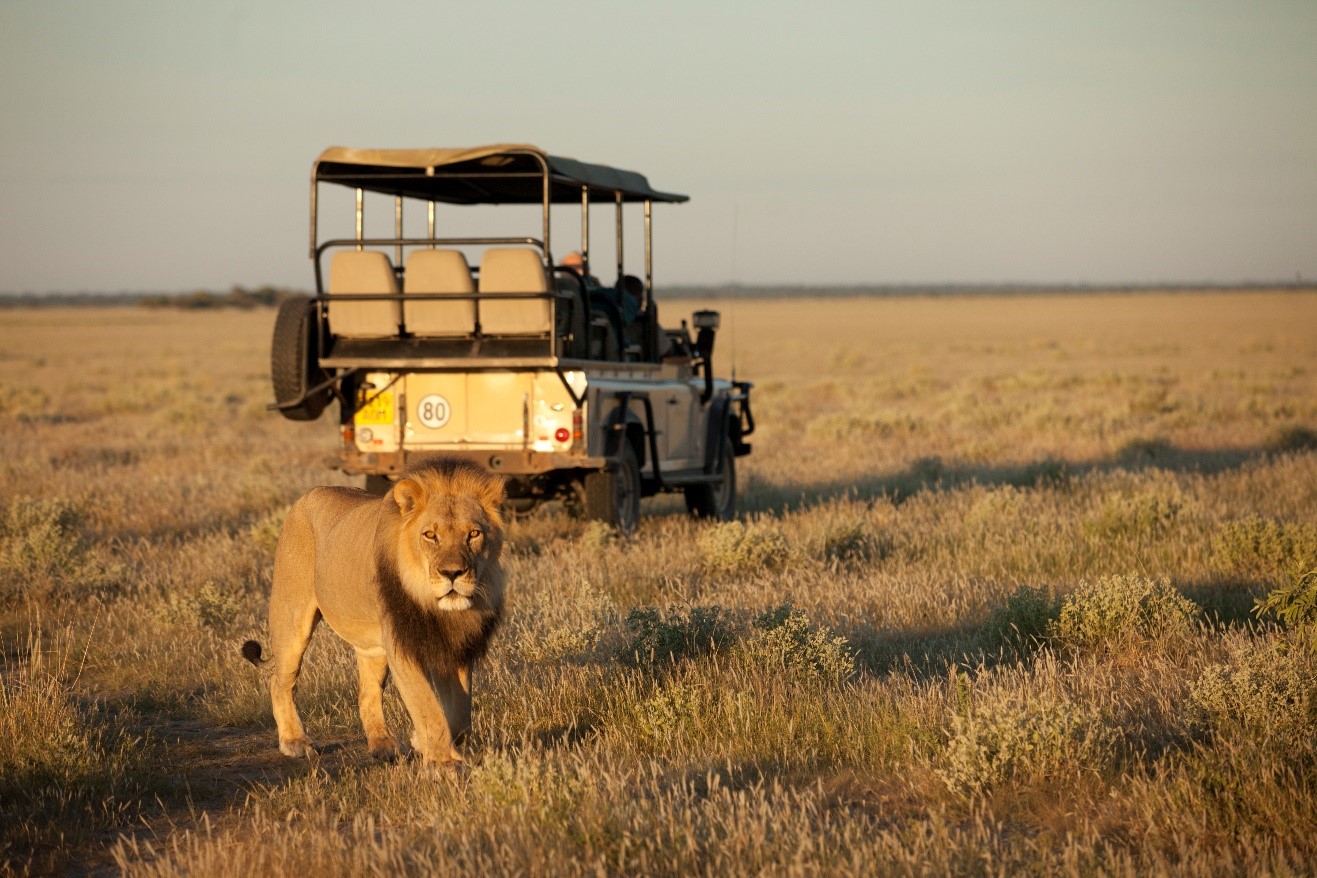
Capture “the perfect” moment
On the best African safaris, perfect moments come about quite often. But capturing them takes a bit of skill and proper timing.
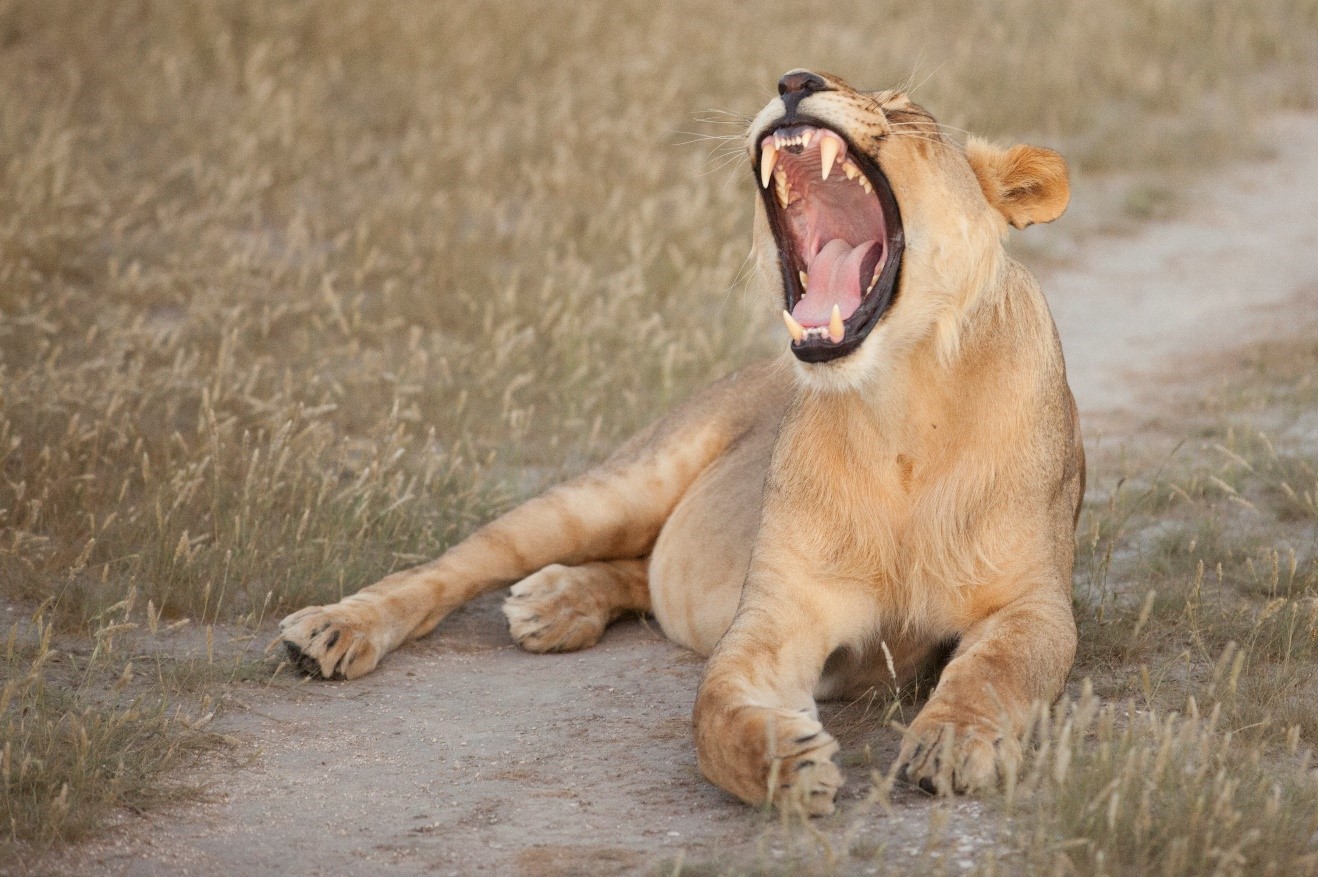
The best advice I have for capturing the perfect moment, other than being in the right place and right time with a bit of luck, is ensuring you have your camera on “burst mode” or maximum frame rate.
Usually found within your camera’s “drive menu” this allows you to increase the number of photos your camera is capable of taking per second. If you set it all the way to “high” or “continuous” many cameras will be capable of taking 7, 10, or even more photos per second.
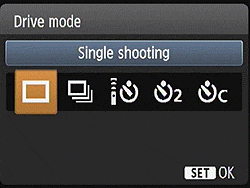
In some ways this may seem wasteful, as your memory card will fill up quicker. However, to capture the perfect moment, it goes beyond just luck…getting the timing right as you’re photographing is paramount and your high photo count is the secret ingredient.
I hope this has been helpful and more importantly I hope you’re headed to Africa sometime soon! It’s a glorious land of wilderness and wild cats and with these tips I hope you come back with memory cards full of extraordinary big cat photos!
Cheers, and be well,

Court
Leave a reply